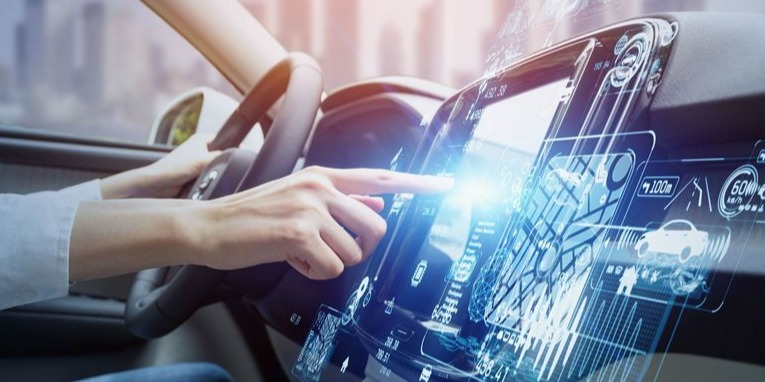Dave Waddell / The Windsor Star
In a technological breakthrough, a battery firm with Windsor links announced Monday it’s figured out how to charge electric vehicle batteries in mere minutes.
StoreDot announced said it successfully demonstrated the implementation of its Extreme Fast Charging (XFC) technology in a car for the first time by charging a Polestar 5 prototype from 10 to 82 per cent in 10 minutes.
It’s the world’s first demonstration of a 10-minute extreme-fast charge using silicon-dominant cells in an actual drivable vehicle.
“Polestar’s commitment acknowledges that extreme-fast charging technology is necessary to make widespread electric car adoption a reality,” said StoreDot CEO/co-founder Doron Myersdorf.
“We are very excited to share this impressive achievement today and proud to be on this journey with Polestar,” he said.
In addition to partnering with the Swedish-based Polestar, StoreDot announced last October it was collaborating with Windsor’s Flex-Ion Battery Innovation Centre on producing, scaling up and commercializing battery cells that can deliver 100 miles of range in five minutes of charging beginning in 2024.
“This breakthrough revolutionizes ownership by eradicating the barrier of range and charging anxiety once and for all as drivers will be able to travel long distances with the same freedom and convenience as traditional fossil fuel-powered vehicles,” said Myersdorf.
StoreDot said it will produce batteries that achieve 100 miles in four minutes in 2026 and 100 miles in three minutes by 2028.
Samples of StoreDot’s 100in5 battery cells are scheduled to begin production this year at Flex-lon, which is a division of Tier 1 automotive supplier Flex-N-Gate.
“There’s a lot of talk maybe EVs aren’t the way to go, but this lends credibility that there’s going to be innovations that happen that will make EVs better and cheaper,” Trillium Network of Advanced Manufacturing managing director Brendan Sweeney.
“If innovations like this, or something like it, take hold and get charging times down to 10 minutes from three hours, that really changes the calculation for people to consider an EV or change the mind of people reluctant to buy an EV.”
Sweeney said the three biggest hurdles to EV adoption are the availability of charging infrastructure, the length of charging times and cold-weather performance of batteries. Should StoreDot and its investing partners (Polestar, Daimler, Samsung, Ola Electric, Polestar, VinFast, TDK, EVE Energy and Volvo) succeed in commercializing these batteries, it would knock one of those concerns off the list.
“Time is one of life’s greatest luxuries, and as a manufacturer of luxury electric performance cars, we need to take the next step to address one of the biggest barriers to EV ownership — charging anxiety, said Polestar CEO Thomas Ingenlath.
“With this new technology, on longer journeys when drivers do stop, they’ll be able to spend less time charging and be back on the road faster than before. In fact, that stop time will be more akin to what they experience with a petrol car today.”
The specially commissioned 77 kWh battery pack — which has the potential to be increased to at least 100 kWh — could add 200 miles (320 km) of range to a mid-sized electric car in 10 minutes. The battery can also be used with existing fast-charging infrastructure.
StoreDot’s XFC technology utilizes silicon-dominant cells with an energy density on par with state-of-the-art nickel, magnesium, cobalt cells, and does not require specialist cooling systems in the vehicle.
Sweeney said having Flex-N-Gate involved in such cutting-edge battery research and product development in Windsor is a valuable addition to Ontario’s EV ecosystem. It’s helping make the area a hub for battery research when combined with Stellantis’s new battery research facility in Windsor.
“We’ve done well luring companies on the production side of EVs,” Sweeney said.
“This is about innovation, research and development and is a good example of what we can do in Canada. It’s a real show of confidence in Windsor, Ontario and Canada that they chose to do this here rather in the Midwest U.S.”
